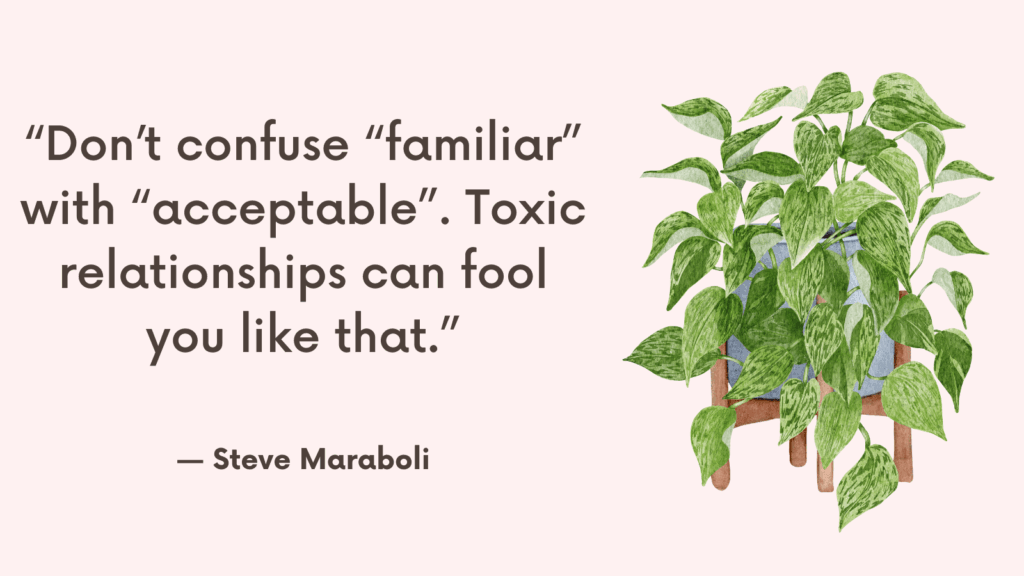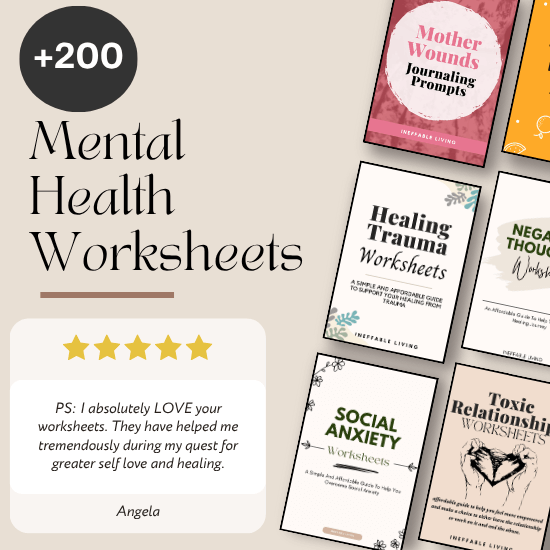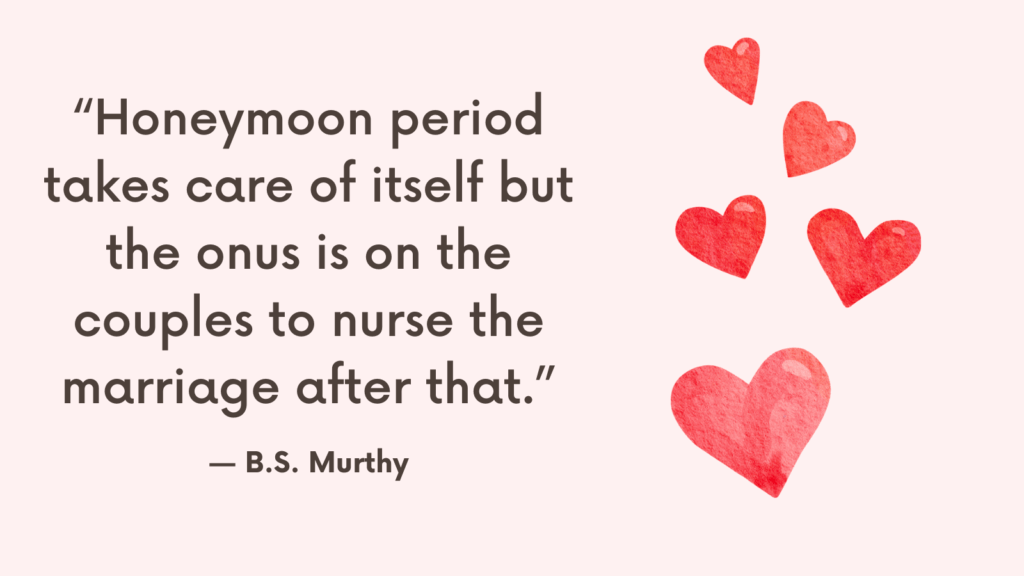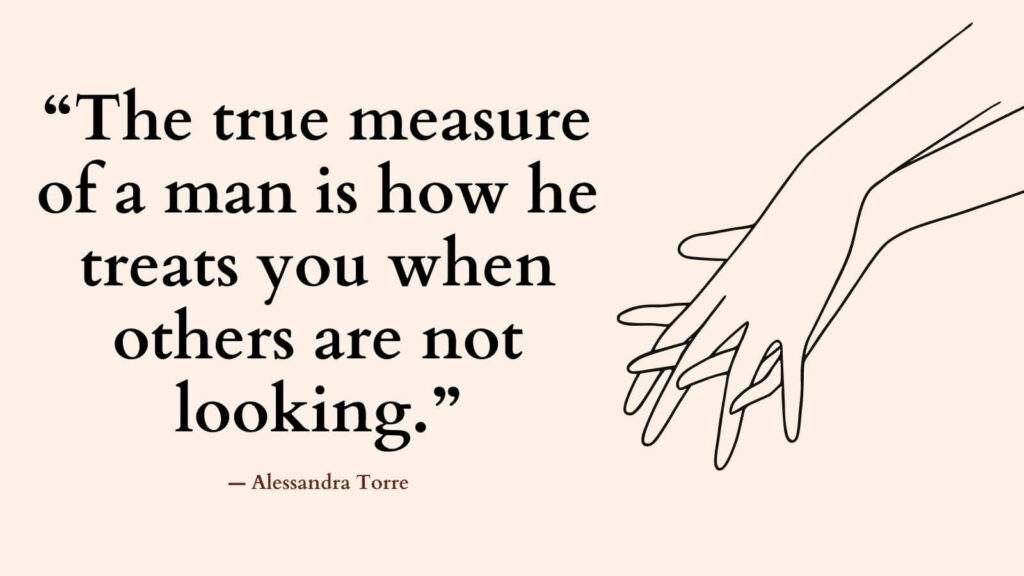Limerence is often mistaken for love—but they are fundamentally different experiences. Limerence is an intense, obsessive infatuation with someone, often rooted in fantasy, uncertainty, and emotional hunger. Love, on the other hand, is built on connection, reality, safety, and choice. If you’re caught in a cycle of longing, anxiety, or emotional highs and lows around someone, it’s worth asking: Is this love—or is it limerence?
What Is Limerence?
Limerence is an intense emotional state of infatuation where someone becomes the central focus of your mind, mood, and motivation. Psychologist Dorothy Tennov coined the term in the 1970s, describing it as “involuntary, obsessive desire for emotional reciprocation.”
You don’t just like them.
You need them to want you back.
Not for who you are—but to soothe the ache you can’t explain.
It’s not about building a life together.
It’s about imagining one—perfect, intoxicating, and just out of reach.
Related: Top 10 Reasons You Keep Falling For Unavailable People
How to Tell If What You’re Feeling Is Limerence, Not Love?
Here’s how to tell the difference, step by step.
1. You Feel More Addicted Than Connected
Limerence is compulsive. You can’t stop thinking about them. Your day revolves around when they text, how they look at you, or what they might be thinking. Your nervous system feels hijacked.
Signs of limerence:
- Constant intrusive thoughts about the person
- Feeling euphoric when you get their attention—and crushed when you don’t
- Obsessively checking their social media or rereading messages
Love, by contrast, feels calmer—like a steady presence in your life, not an obsession you can’t control.
2. Your Worth Feels Tied to Their Response
With limerence, your self-esteem rises and falls depending on how the other person treats you. A short reply can ruin your day. A compliment can make you feel euphoric. You become emotionally dependent on their cues.
Ask yourself:
- Do I feel anxious when they don’t respond quickly?
- Do I interpret every small action as proof they like me—or don’t?
- Do I feel less valuable when I don’t hear from them?
In love, you feel secure even when things aren’t perfect. Your worth doesn’t hang in the balance of someone else’s approval.
Related: How to Stop Attracting One-Sided Relationships?
3. You’re Fantasizing More Than Relating
Limerence thrives on fantasy. You may imagine future scenarios, idealize the person, or project qualities onto them that haven’t actually been proven through time or depth.
Look for this pattern:
- Do I know this person well—or just imagine who I want them to be?
- Am I more in love with the idea of them than the real, complex human?
- Do I feel let down when reality doesn’t match the fantasy?
Love sees clearly—flaws and all. Limerence often refuses to see clearly in order to preserve the high.
4. You Feel Unstable or Dysregulated Around Them
In limerence, your nervous system is constantly on edge: elated one minute, devastated the next. The relationship (or hope of it) feels like a rollercoaster.
Ask yourself:
- Do I feel calm and grounded in this connection—or constantly anxious?
- Am I always wondering where I stand?
- Do I feel like I’m waiting to be chosen or “good enough”?
Love supports emotional regulation. Limerence often fuels emotional chaos and desperation.
Related: Dating With Intention: What Does It Mean & How To Do It?
5. You’re Drawn to the Unavailable or Inconsistent
Limerence often forms around emotionally unavailable people—because the inconsistency creates longing, fantasy, and hope. You become fixated on earning their affection.
Examples include:
- Crushes on people who send mixed signals
- Obsessing over someone in a relationship
- Feeling more attracted because they’re distant or aloof
Real love grows in emotional availability and mutual effort. If you’re chasing breadcrumbs, it’s likely not love—it’s limerence.
6. You Ignore Red Flags or Incompatibilities
Because limerence is based on fantasy, you may overlook warning signs that this person isn’t good for you—or that your values, lifestyles, or needs don’t align.
Check in with yourself:
- Am I rationalizing behavior that hurts me?
- Am I ignoring how anxious, lonely, or insecure I feel around them?
- Am I convincing myself it’s love because the highs are so intense?
In love, there is room for honesty and disillusionment. In limerence, discomfort is dismissed in service of the fantasy.
7. The Relationship Isn’t Actually Developing
Limerence can feel emotionally intense even when very little is happening. You might be stuck in a loop of waiting, hoping, analyzing, or obsessing—without actual closeness or commitment.
Ask yourself:
- Have we had real conversations about what we want?
- Is this connection moving forward—or just repeating emotional loops?
- Do I know this person’s inner world—or just what I imagine it to be?
Love grows over time through shared vulnerability. Limerence can last years in your head with no real relationship at all.
Related: Relationship Red Flags Quiz
Why Limerence Happens (Especially After Trauma)
For many, limerence begins in longing. Emotional neglect, inconsistent caregivers, abandonment, or attachment injuries create an inner vacuum. You become wired to seek validation, safety, and worth in another person’s presence or attention.
Limerence often attaches to someone who is:
- Emotionally unavailable
- Inconsistent with affection
- Mysterious or hard to read
- Symbolic of “rescuing” or idealized healing
This unpredictability activates your nervous system, creating a chemical cocktail of dopamine and adrenaline. You feel “alive” around them—but it’s the rush of trauma reenactment, not love.
The Emotional Risk of Mistaking Limerence for Love
When you’re in limerence, your nervous system is constantly activated. You’re not just emotionally attached—you’re neurologically hooked. And often, this keeps you stuck:
- Staying in relationships where you’re not seen
- Ignoring red flags because the “spark” is too strong
- Deprioritizing your needs, purpose, and healing
- Reliving the emotional patterns of childhood through adult romance
Related: How to Set Standards Without Feeling “Too Picky”?
Why It’s Not Your Fault
If you’re prone to limerence, it’s not because you’re dramatic or needy. It’s likely because you’ve experienced inconsistent love.
You’ve been wired to believe love must be earned, chased, or suffered for.
That’s not true love. That’s survival mode.
And naming the pattern is not shameful—it’s powerful. Because once you recognize limerence, you can begin choosing real, safe, mutual love.
How to Heal After a Limerent Episode?
1. Acknowledge That What You Felt Was Real—Even If the Connection Wasn’t
It’s easy to feel shame after a limerent episode. You might tell yourself, “It wasn’t even a real relationship,” or “Why was I so obsessed?” But your feelings were real, and your pain is valid.
Begin by saying to yourself:
“I wasn’t crazy. I was emotionally invested in something I hoped could be real. That hope deserves compassion, not shame.”
Letting yourself grieve the fantasy—without minimizing it—is a powerful step toward healing.
2. Stop Feeding the Fantasy With New Content
Limerence is fed by imagination. Even after the connection ends, your mind may continue to create stories, imagine conversations, or analyze what happened. This keeps the emotional bond alive.
What to do:
- Unfollow or mute them on social media
- Delete old messages, photos, or chat threads that keep you hooked
- Notice when your brain starts fantasizing—and gently redirect your thoughts
You’re not erasing the memory. You’re cutting off the supply of emotional stimulation that keeps the obsession alive.
Related: What Healthy Chemistry Actually Feels Like (Hint: It’s Not Obsession)?
3. Bring the Obsession Back Into the Body
Limerence is a head-based experience. You spin stories, ruminate, replay interactions. To heal, you need to return to your body.
Try somatic grounding exercises like:
- Placing your hand over your heart and focusing on the warmth
- Lying down and pressing your feet into the floor
- Breathing in slowly through your nose and sighing out through your mouth
- Shaking out your arms and legs to release nervous energy
The more you return to sensation over story, the less power the fantasy has over you.
4. Identify the Emotional Need You Were Trying to Meet
Limerence often forms around unmet emotional needs: the need to feel special, chosen, wanted, seen, or rescued. The person becomes a symbol of those unmet desires.
Ask yourself:
- What did I hope this person would give me?
- What did being wanted by them mean about me?
- What part of me felt healed when they noticed me?
Once you know the need, you can work on meeting it directly—through inner work, self-nurturing, or safe relationships—instead of through fantasy.
5. Practice Withdrawal Like You Would From Any Addiction
Limerence acts like an emotional addiction. There’s often a dopamine crash after it ends. You may feel irritable, anxious, depressed, or empty. These feelings are temporary—but intense.
To manage withdrawal:
- Journal your urges and emotional waves without acting on them
- Replace limerent rituals with soothing ones (a walk, music, a phone call to a friend)
- Don’t expect the craving to vanish overnight—just stay committed to the break
Healing requires tolerating the discomfort long enough to let new patterns emerge.
Related: What Kills Long-Distance Relationships Fast? Top 8 Factors
6. Talk Back to the “Hope Loop”
One of the most painful parts of limerence is the cycle of false hope. You tell yourself:
- “Maybe if I waited a little longer…”
- “What if they come back?”
- “If I improve myself, maybe they’ll see me differently.”
This keeps you emotionally tied. Even if there’s no contact, the fantasy keeps the wound open.
When you catch yourself hoping, try saying:
“That hope isn’t helping me. It’s keeping me stuck. I want something real—not something I have to chase.”
This isn’t about giving up—it’s about choosing peace over emotional captivity.
7. Rebuild Your Identity Without Them at the Center
Limerence distorts your self-view. Your mind becomes organized around the other person—what they like, what they think, how they see you. Healing means bringing the focus back inward.
Start small:
- Ask yourself daily: “What do I want that has nothing to do with them?”
- Reconnect with interests, goals, or friendships you paused during the obsession
- Reflect on who you are outside of the role of the admirer or chaser
This helps restore emotional autonomy—and rebuild your sense of self.
8. Do a Post-Limerence Reflection (Not a Blame Session)
Once the intensity has faded a bit, reflect gently on the experience. Not to shame yourself—but to learn.
Journal prompts to explore:
- What did I need emotionally that I projected onto them?
- What signs did I ignore or explain away?
- What parts of me felt most activated—fear, fantasy, longing, insecurity?
- What will I do differently next time I feel intense attraction?
This reflection turns emotional chaos into wisdom.
9. Start Practicing Relational Safety, Not Just Excitement
Once you’ve healed from limerence, you may still crave intensity. But healthy love isn’t always electric—it’s often quiet, secure, and grounded. That may feel boring at first. But over time, your nervous system will learn that calm is safe.
Look for:
- People who are emotionally consistent
- Relationships where you feel relaxed, not anxious
- Love that feels like being known—not chased
Choosing safety over fantasy is how real intimacy begins.
Related: Why Do We Hurt The Ones We Love? Top 10 Reasons

Conclusion
Limerence feels urgent, consuming, and electric—but it’s not the same as love. It often comes from unmet emotional needs, past wounds, or the longing to be seen and valued. There’s no shame in falling into limerence—but there is power in recognizing it for what it is.
Healing begins when you shift focus from chasing connection to cultivating self-connection. When you know your worth, you no longer crave love that keeps you guessing. You choose love that feels safe, real, and mutual.



